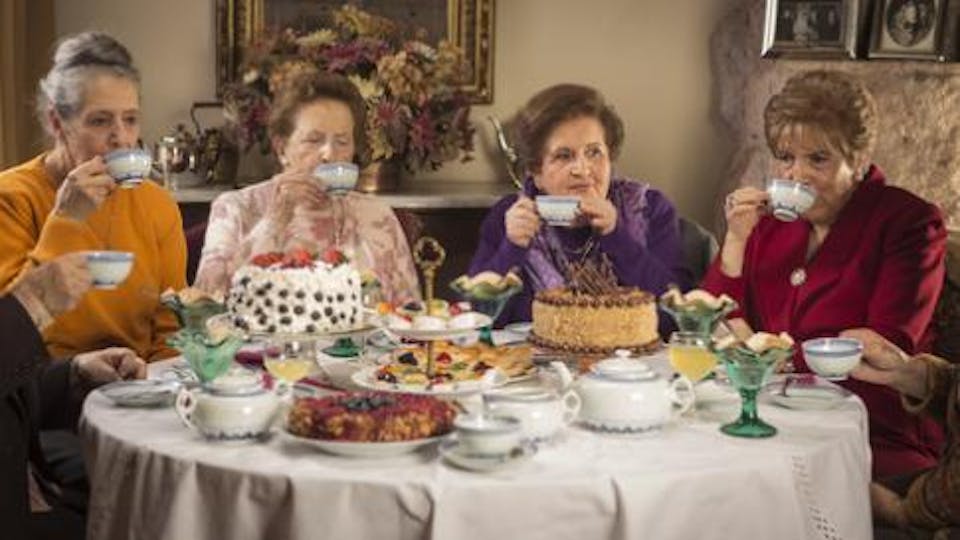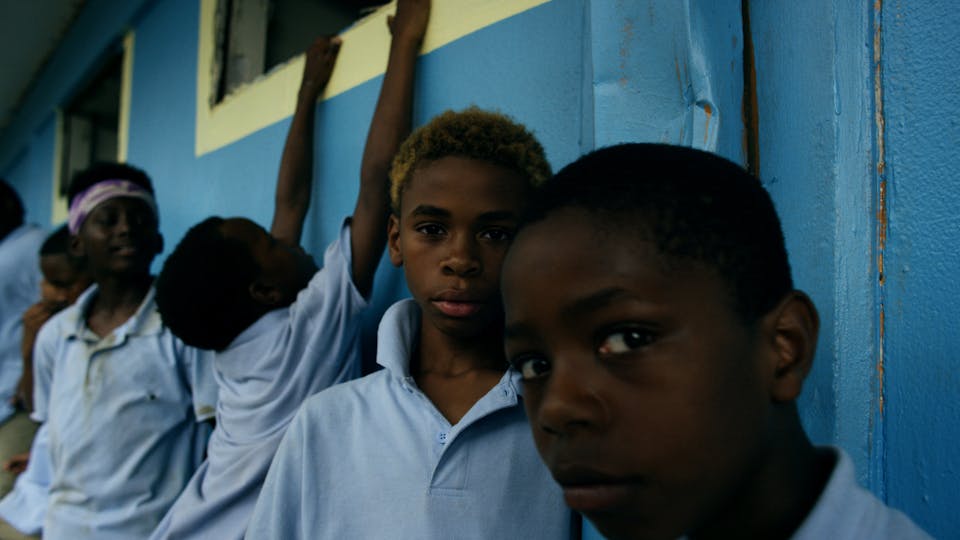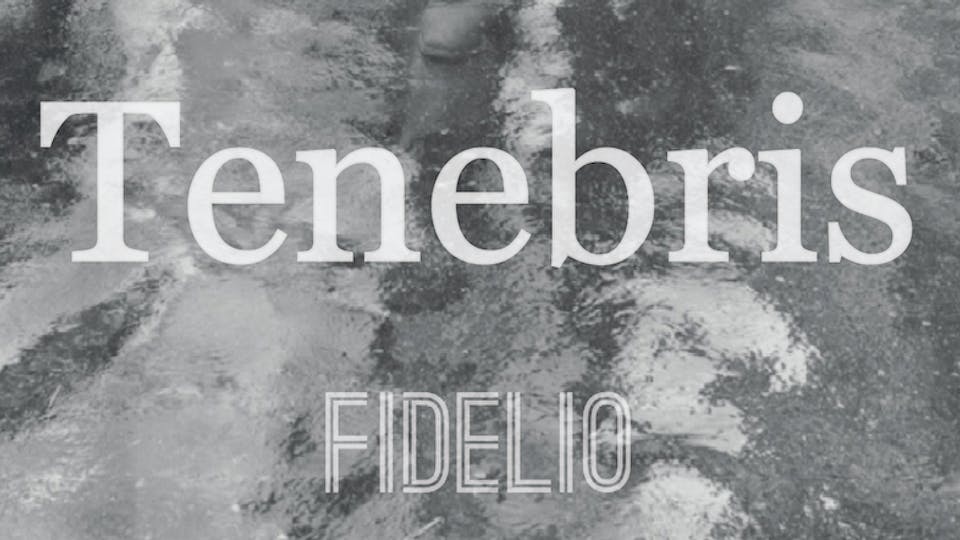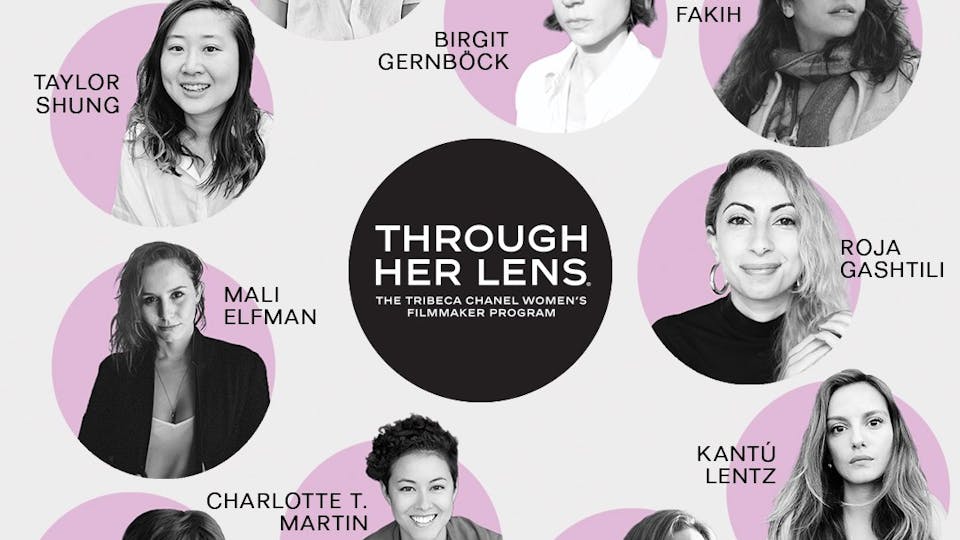5 Major Influences From Maite Alberdi

Premiering at IDFA tomorrow, Maite Alberdi’s TFI Documentary Fund-supported Tea Time gives a unique look inside the lives of five elderly women during their monthly meeting for tea, which they’ve been doing for the past 60 years. Here, Alberdi tells us the films that inspired how she captured this intimate setting.

Tea Time's challenge was to hold the film in a single space that focused solely on the characters' relationship around the table, without having to resort to other scenarios. This is the reason that most of the film's points of references are these directors that dared to limit the camera when recording a world.—M.A.
Nicolas Philibert’s Nénette
Nénette is the only protagonist in this film, the female orangutan of the Paris botanical garden. The camera stays on her, and without it being a traditional decry documentary, we feel the desperation of the caged animal, the space confinement as we follow her throughout the film and at the same time, we see how society projects on her only from the off screen sounds.
Victor Kossakovsky’s Tishe!
Kossakovsky makes a city portrait from his window, from the micro world we can understand society, the anonymous characters that parade in front of his window, become familiar to us as viewers. The camera does not move from that point creating a deep portrait that overwhelms spatial limits.
Eduardo Coutinho’s Edifício Master
Coutinho was always able to sustain film with words, he used testimonials to move us through time and images and to make us interpret characters based on short sentences and small gestures. Film is moving images and he was able to transform words into moving images in the viewer's mind thanks to the descriptive nature.
Wes Anderson’s The Royal Tenenbaums
In stylistic terms this is a very different movie, however, I checked many character sequences to get inspired and Wes Anderson's was the perfect one, which helped me write the narrator part from the beginning. With Tea Time's characters, I was limited by the fact these friends don't tell each other their characteristics because they already know each other, so for it to be a choral tale, I had to introduce them all quickly, in order to understand their reactions at the table.
Adán Aliaga’s My Grandmother's House
I saw this film while I was a student and it had a strong impact on me. It may seem obvious, but to me it was the key to come up with Tea Time. Within the narrative, we never know that the grandmother is the director's protagonist, because it’s not essential to the story, it’s an added benefit because it allows privileged access to these characters, assuming that it wasn't a story about him and his grandma, but another character and his grandmother.






